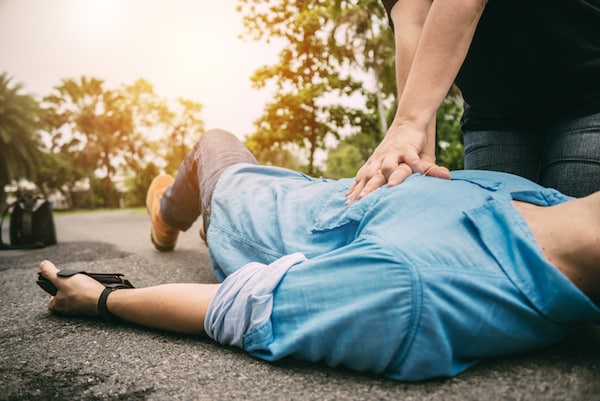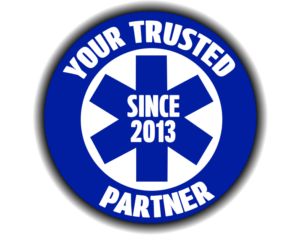
Responding to Cardiac Arrest: A Guide for Bystanders
In recent months, we have received firsthand evidence of how the world of medicine can evolve. Since COVID-19 has entered our daily lives, medicine has pivoted to telemedicine and has found ways to continue to give us the help we need in the most efficient way possible. And while changes in how EMS and bystanders alike respond to cardiac arrest has changed over time, many still hesitate when it comes time to perform life saving techniques like CPR due to fear of litigation or causing added harm. This is now compounded by the concept of social distancing and fear of becoming infected.
What is Sudden Cardiac Arrest?
Sudden Cardiac Arrest (SCA) is a condition in which the heart stops suddenly and is the cause of over 300,000 deaths annually. Generally, when this occurs, the flow of blood from the heart to the brain, lungs, and other parts of the body cease to function properly in a matter of seconds. Therefore, this condition is life-threatening and must be treated quickly.
How to Respond to Sudden Cardiac Arrest
The most critical aspect of assisting someone who is suffering from this horrible condition is time. Someone who is undergoing sudden cardiac arrest will be unconscious and will lack a pulse and could potentially lose their life in a matter of minutes. So, the quicker you react, the better chance the person has to survive. Here are the best steps to remedy a SCA situation.
- Tap and shout to check if the individual is conscious
- Call 911 (or ask someone else to)
- Find the location of an AED (or ask someone else to)
- Perform CPR
The more help you have, the faster the above tasks can be accomplished and the better the chances are for survival.
Basics of CPR
The majority of us are hesitant when it comes to performing CPR. Actually, roughly 70% of Americans have stated that they do not feel confident performing CPR, or that they have forgotten entirely. Luckily, the steps to CPR are simple to recollect.
First, clear the airway, tilt the chin up slightly, and check for breaths. Secondly, remember to place your hands one on top of the other and push both fast and hard in the center of the person’s chest. A trick that is popular is to keep pace by compressing to the beat of Stayin’ Alive by the BeeGees. Third, deliver rescue breaths. Administer two rescue breaths by pinching the person’s nose and placing your mouth around theirs to make a seal. Continue administering compressions and repeat. To review the steps more thoroughly, check out this step-by-step guide from the American Red Cross.
Bystanders can play an important role in saving the life of another. Brush up on your CPR training often so that if you are in an unfortunate situation where it is required, you’ll be confident in your ability to perform the steps properly. For more information about preventing and responding to cardiac arrest, visit the Coast Biomedical blog.



